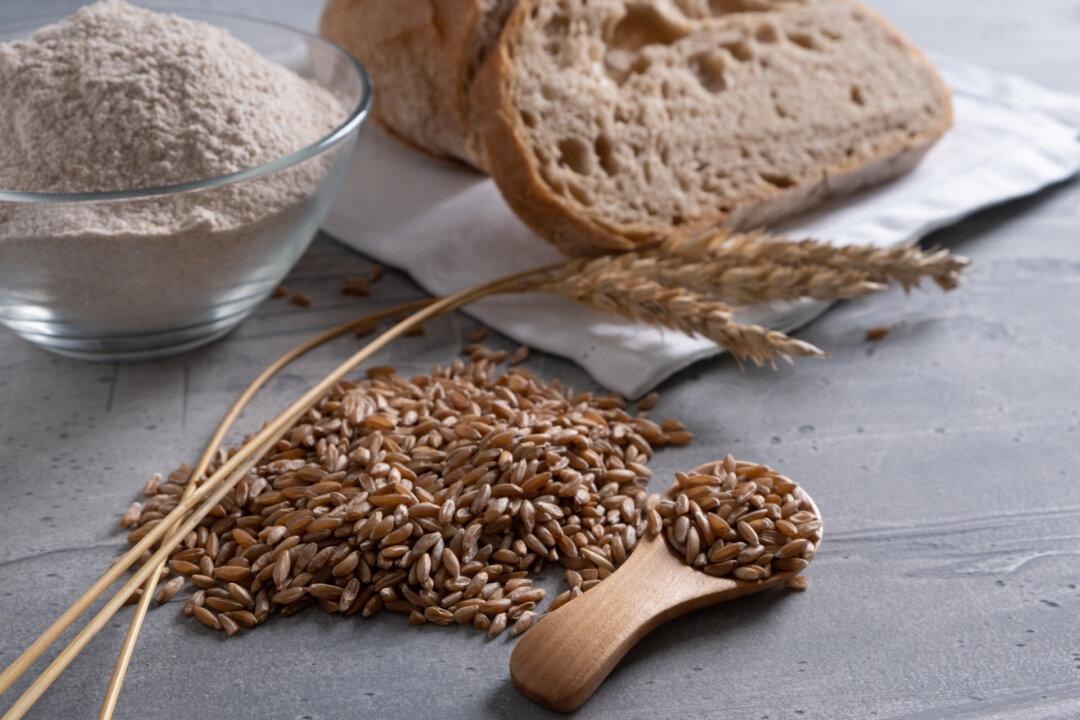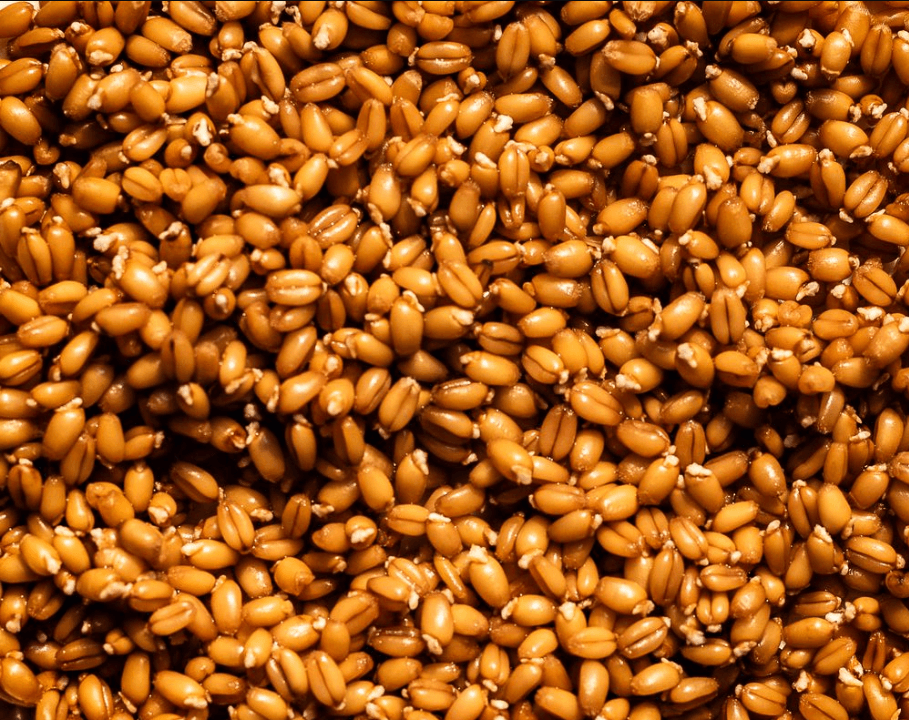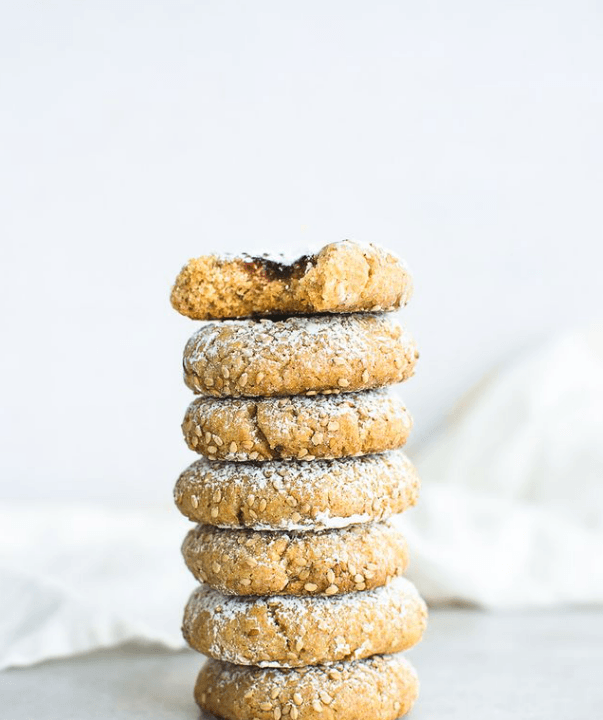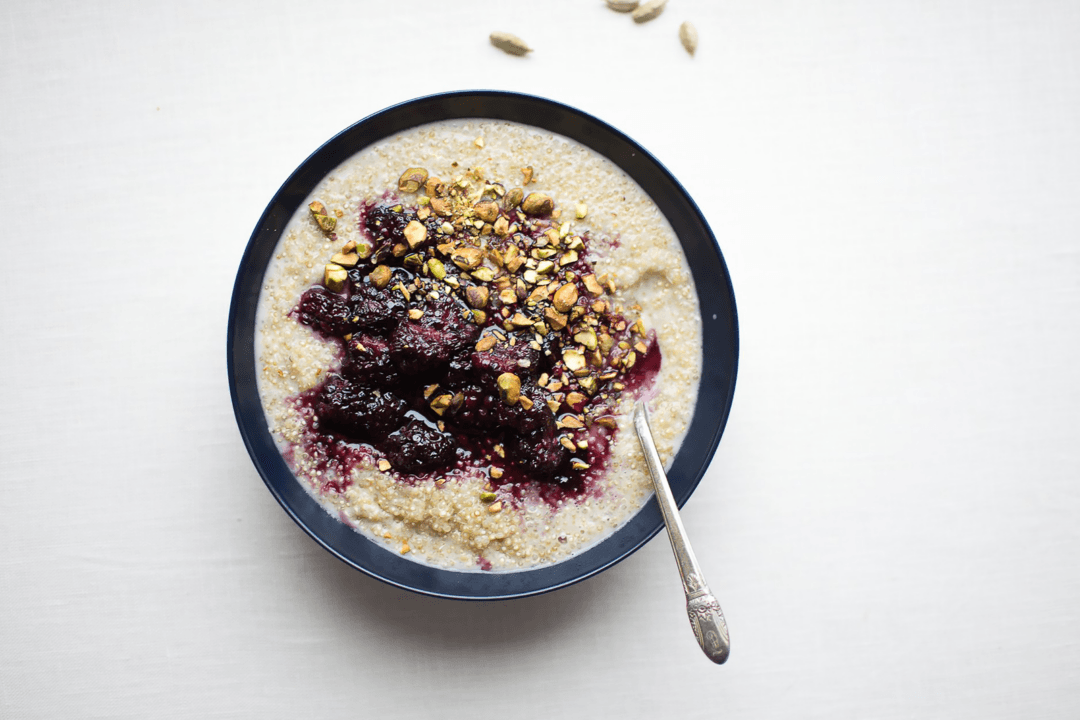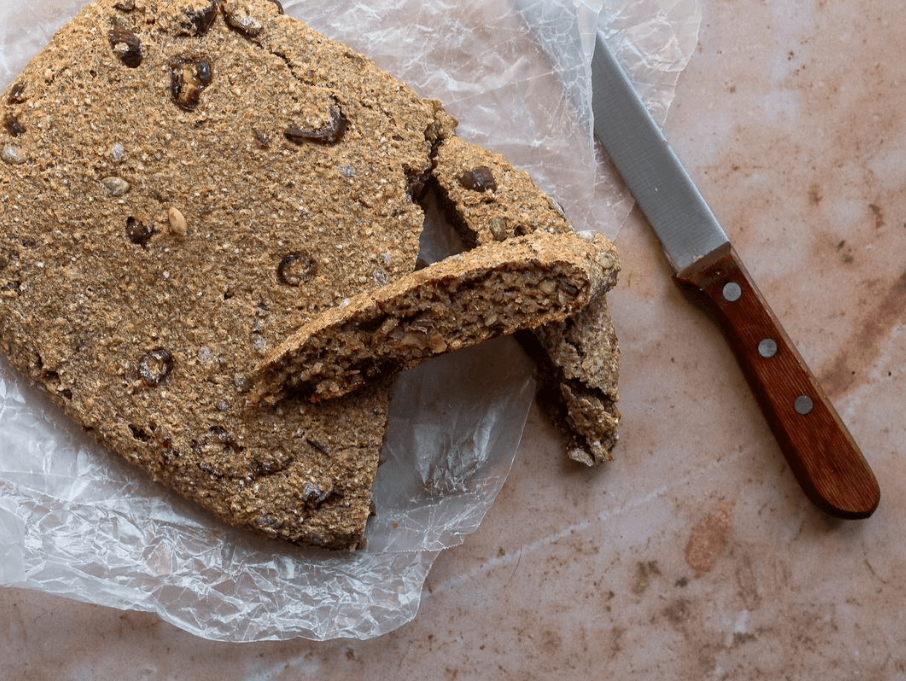If you peek around your local health food store, you’re bound to come across bulk bins brimming with heritage grains. Einkorn, emmer, and spelt are all ancient varieties of wheat. Thanks to passionate farmers and wellness-minded cooks, they’re enjoying a resurgence. These grains bring a sense of delight to the kitchen and a connection to the hearths and fields of the past.
Unlike modern, conventional wheat, which has been selectively bred for high yields and strong gluten, heritage grains remain closer to their original forms with little change over thousands of years. As a result, they are more nutrient-dense and contain higher levels of antioxidants, especially carotenoids, vitamin E, and B vitamins.

